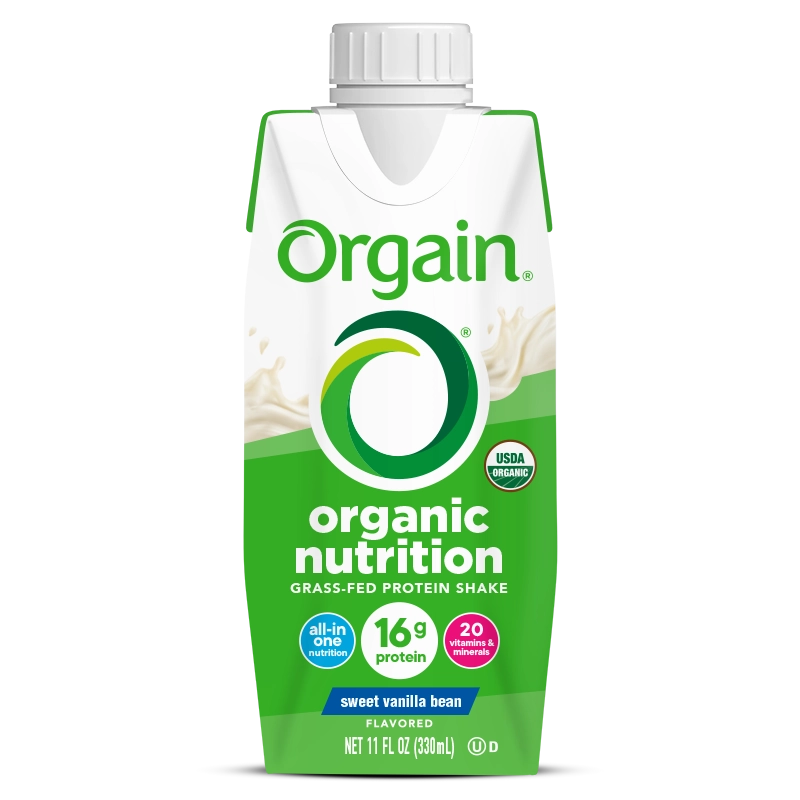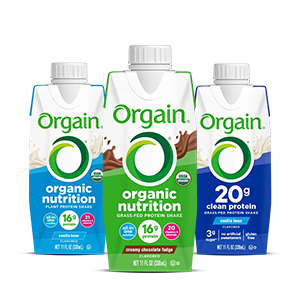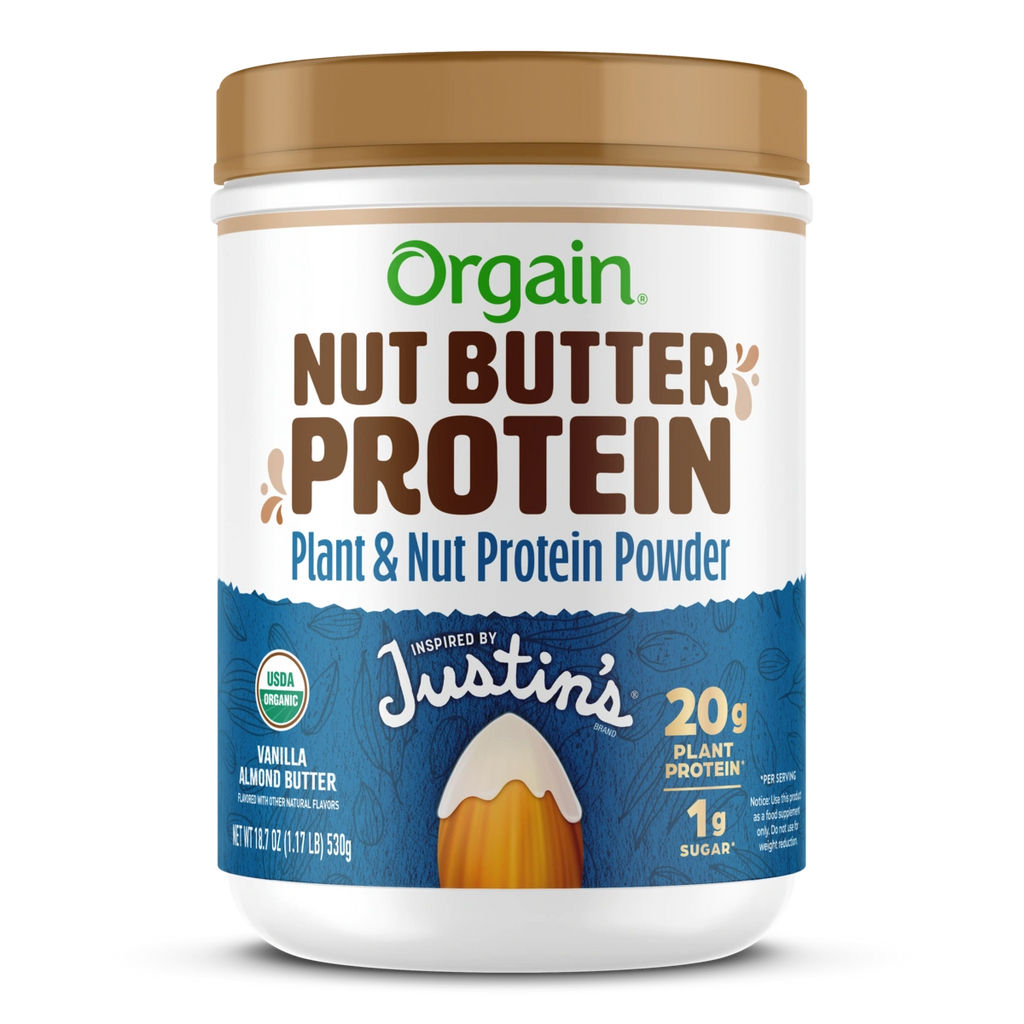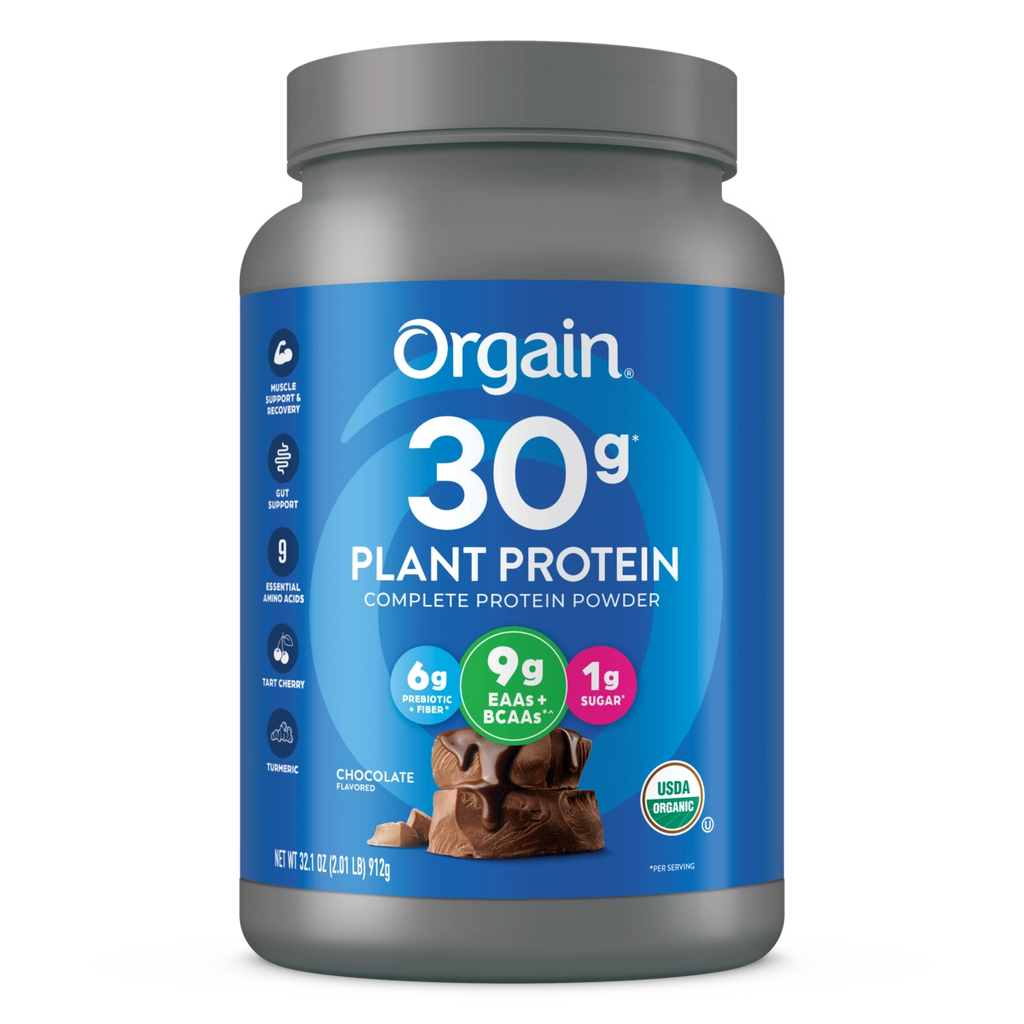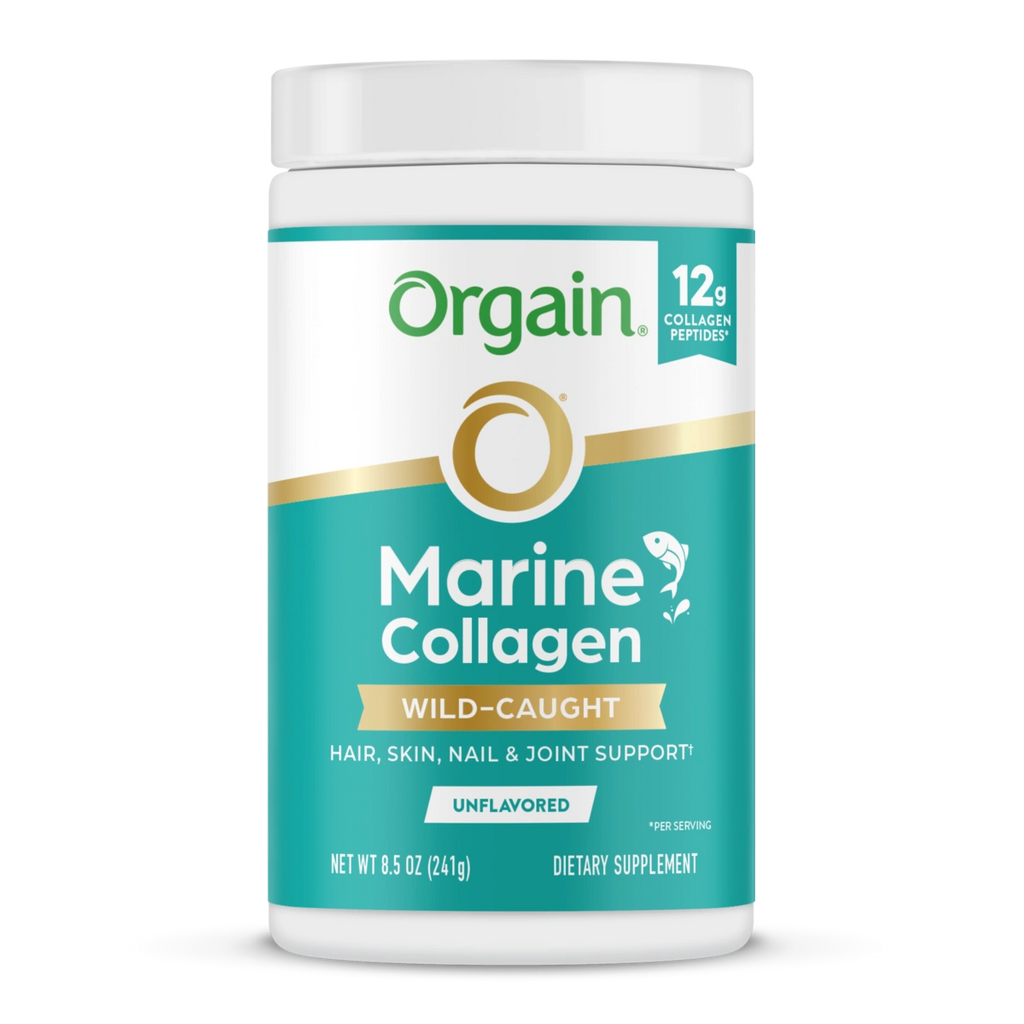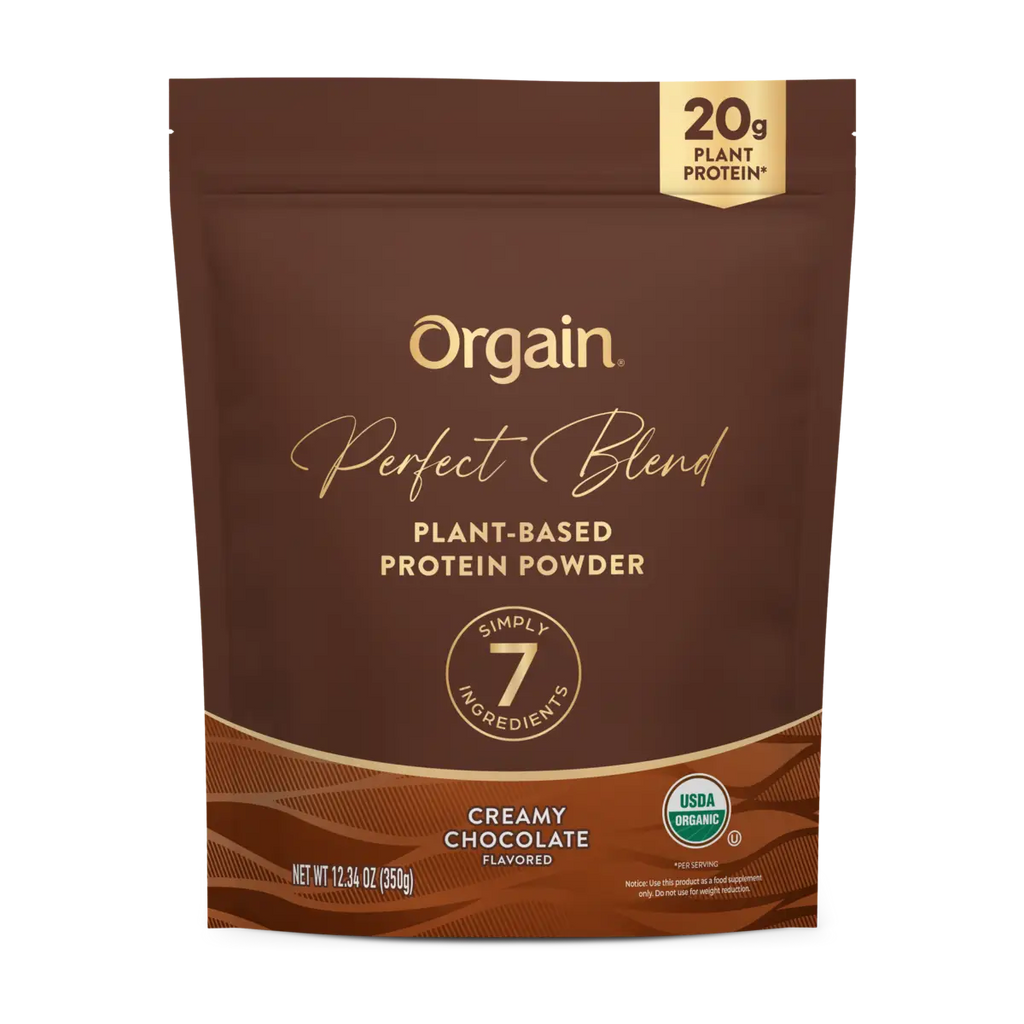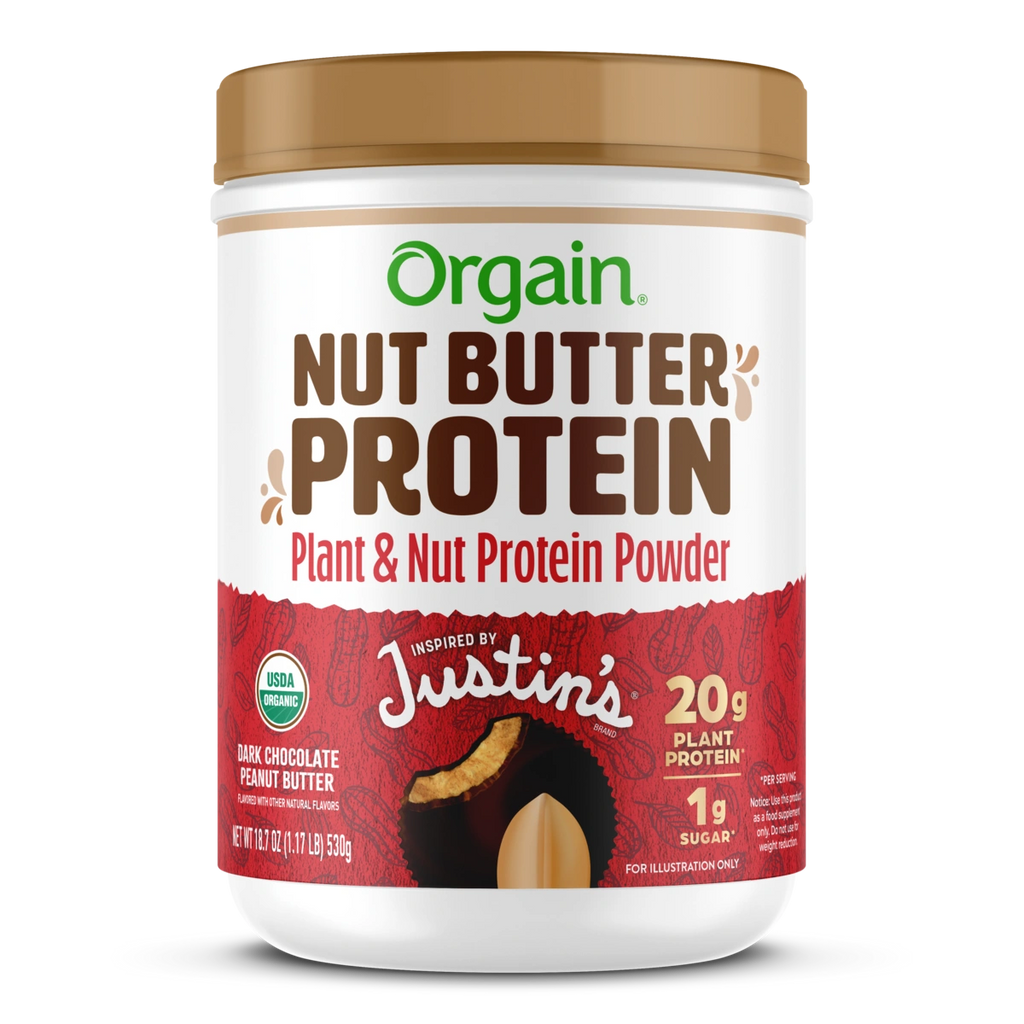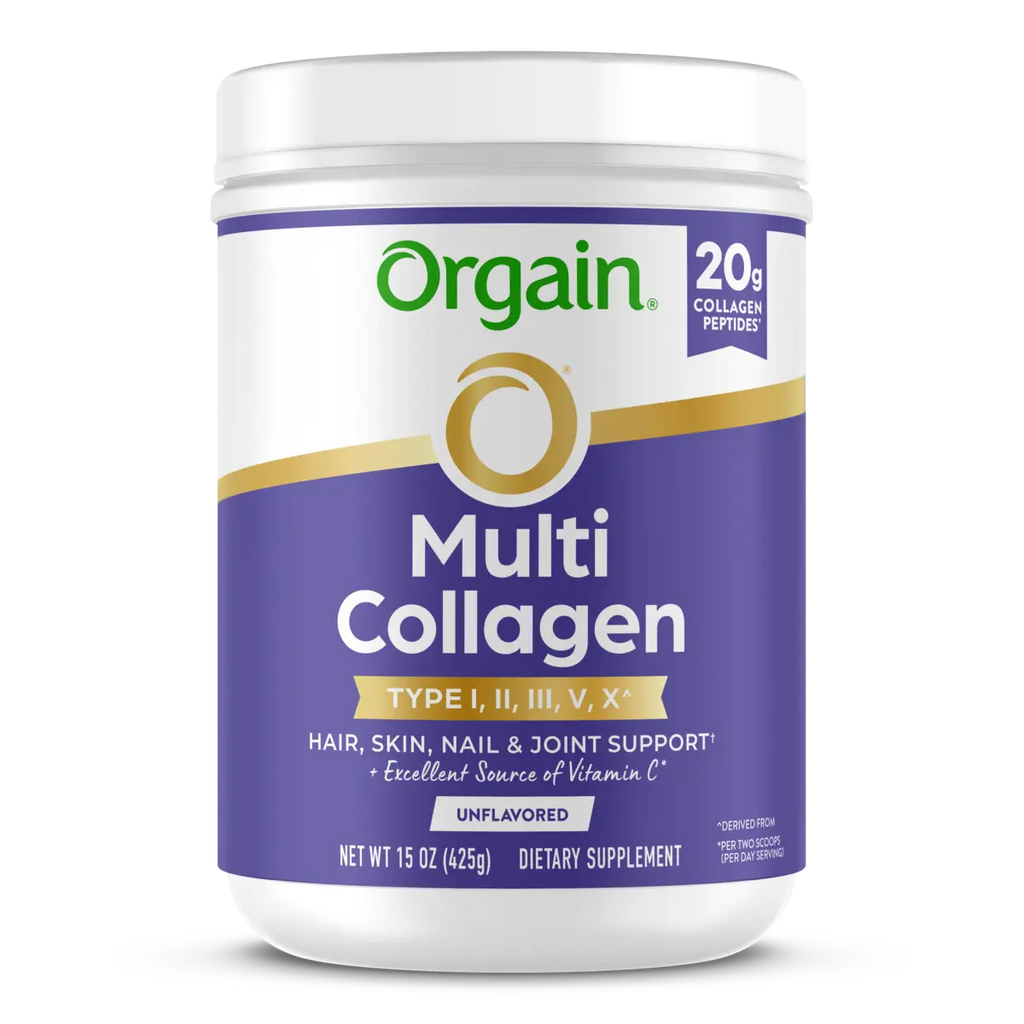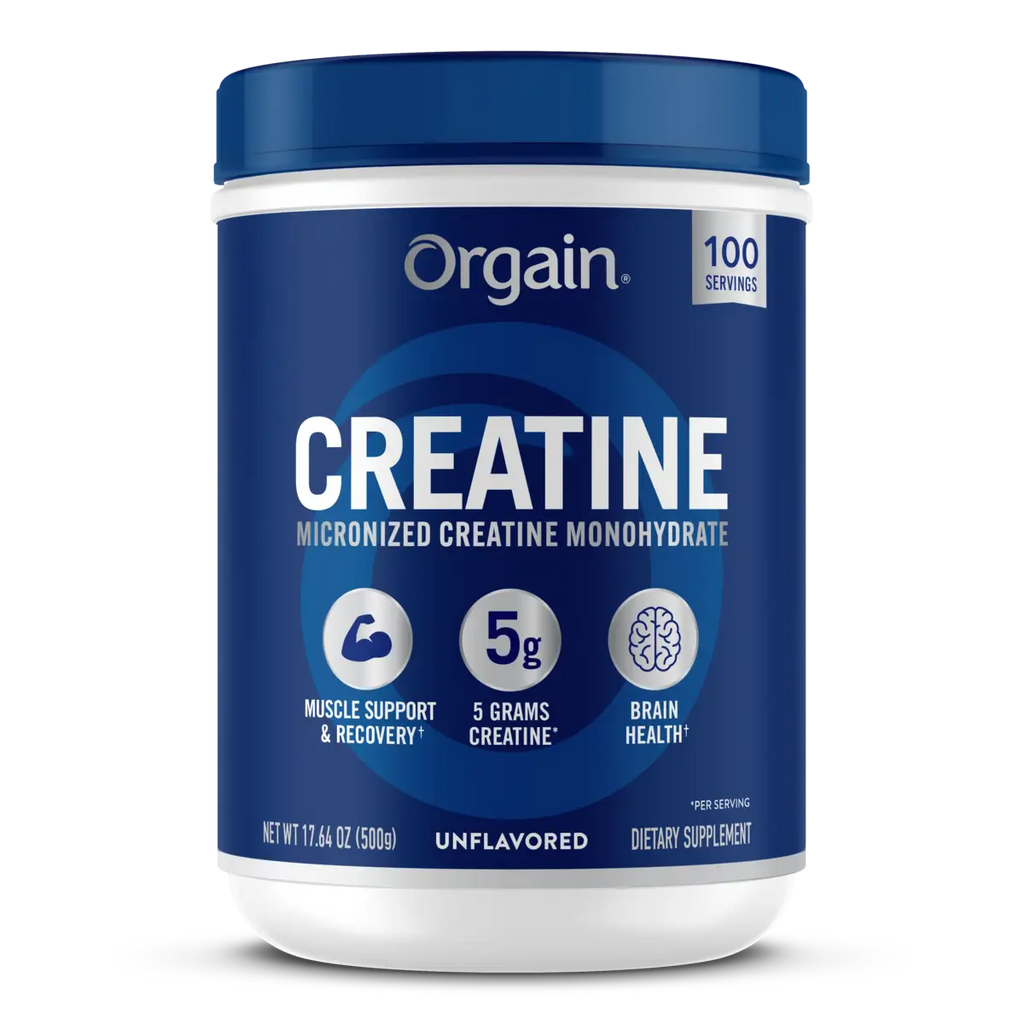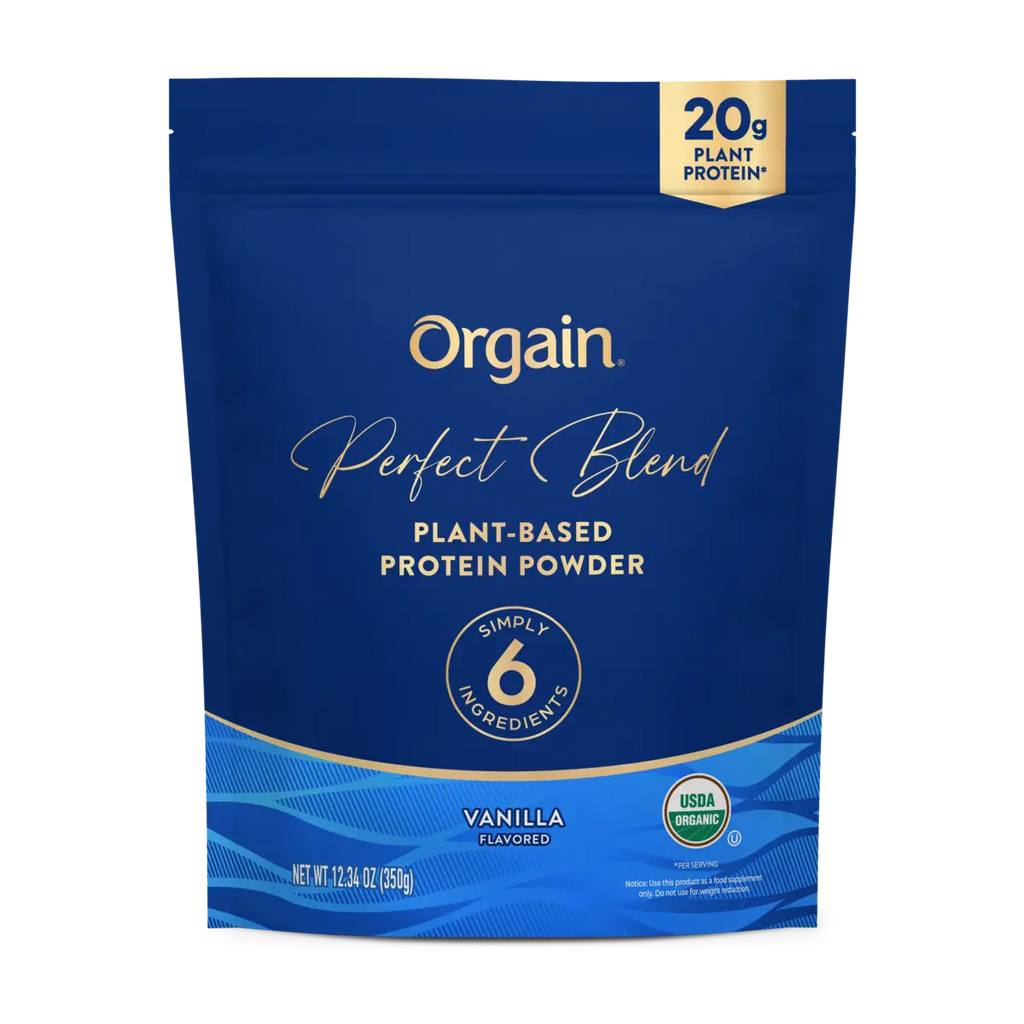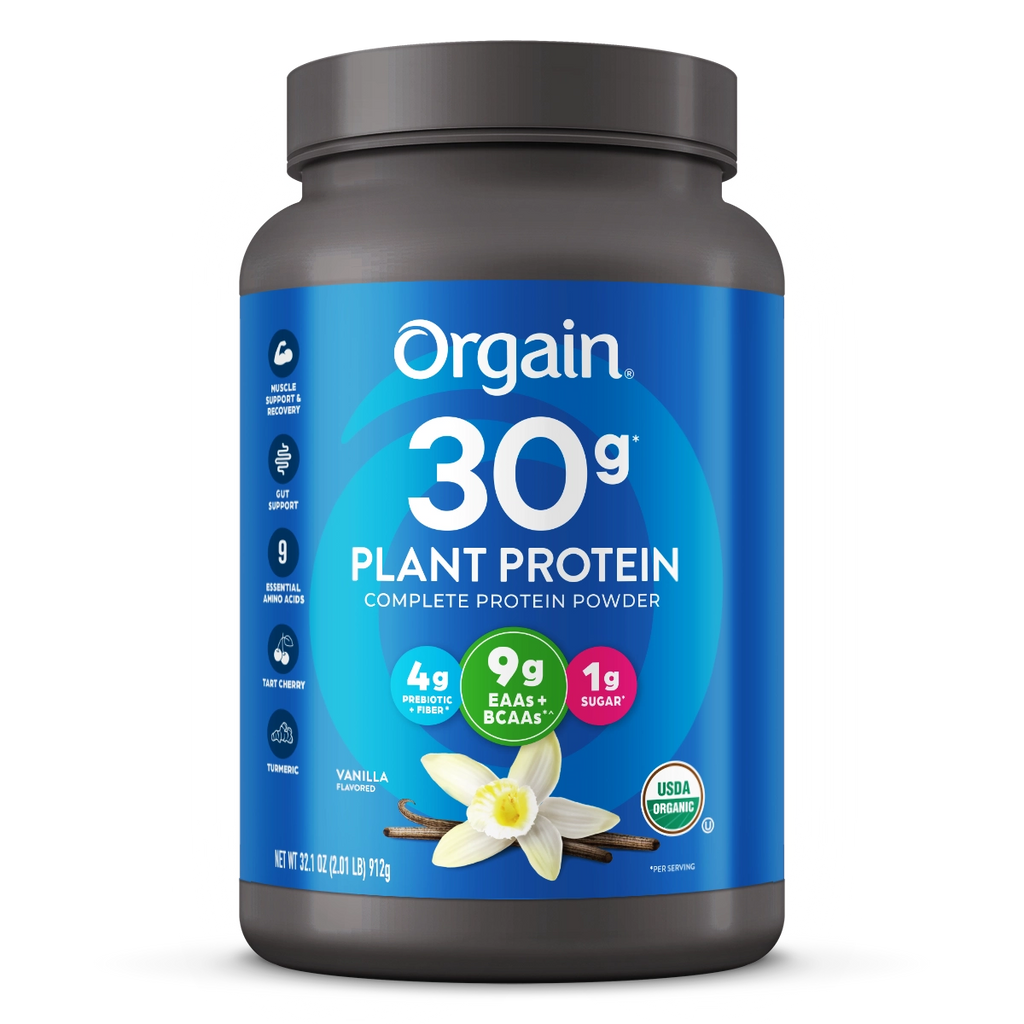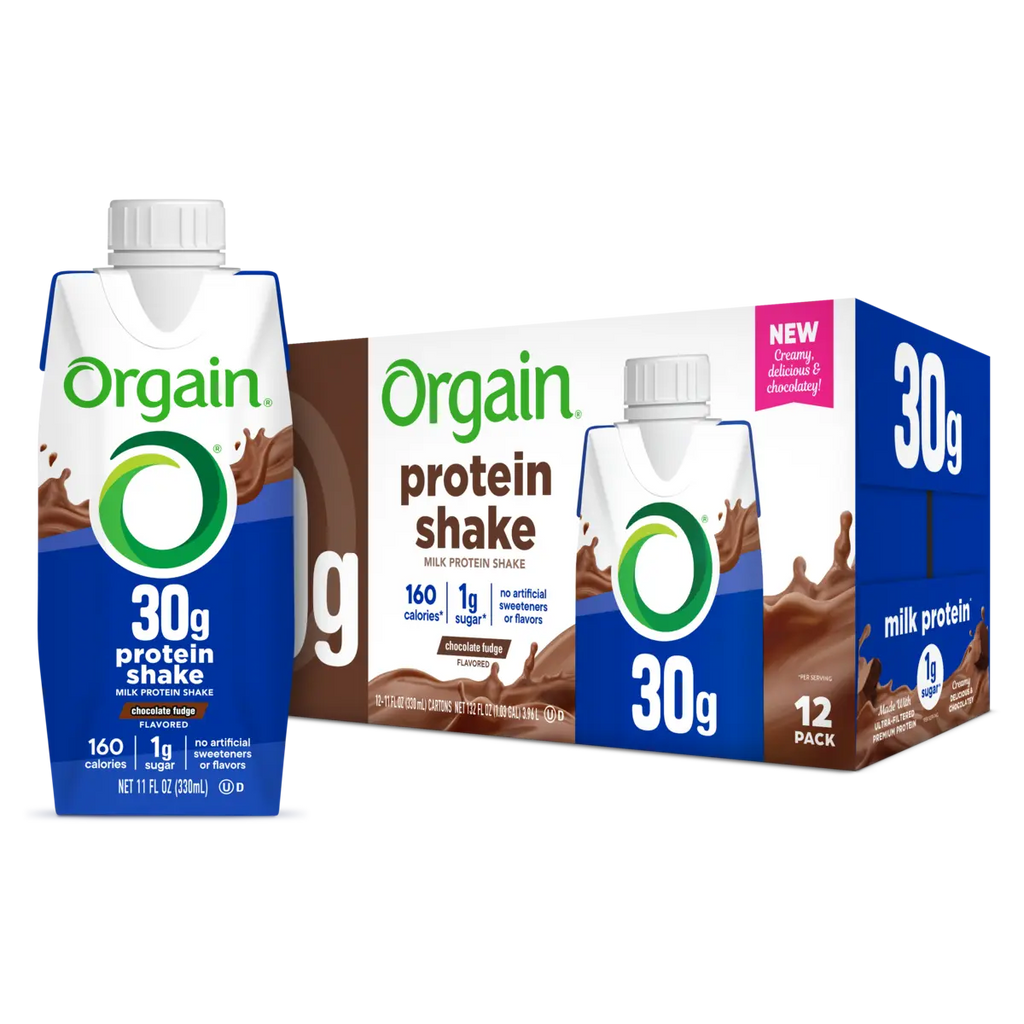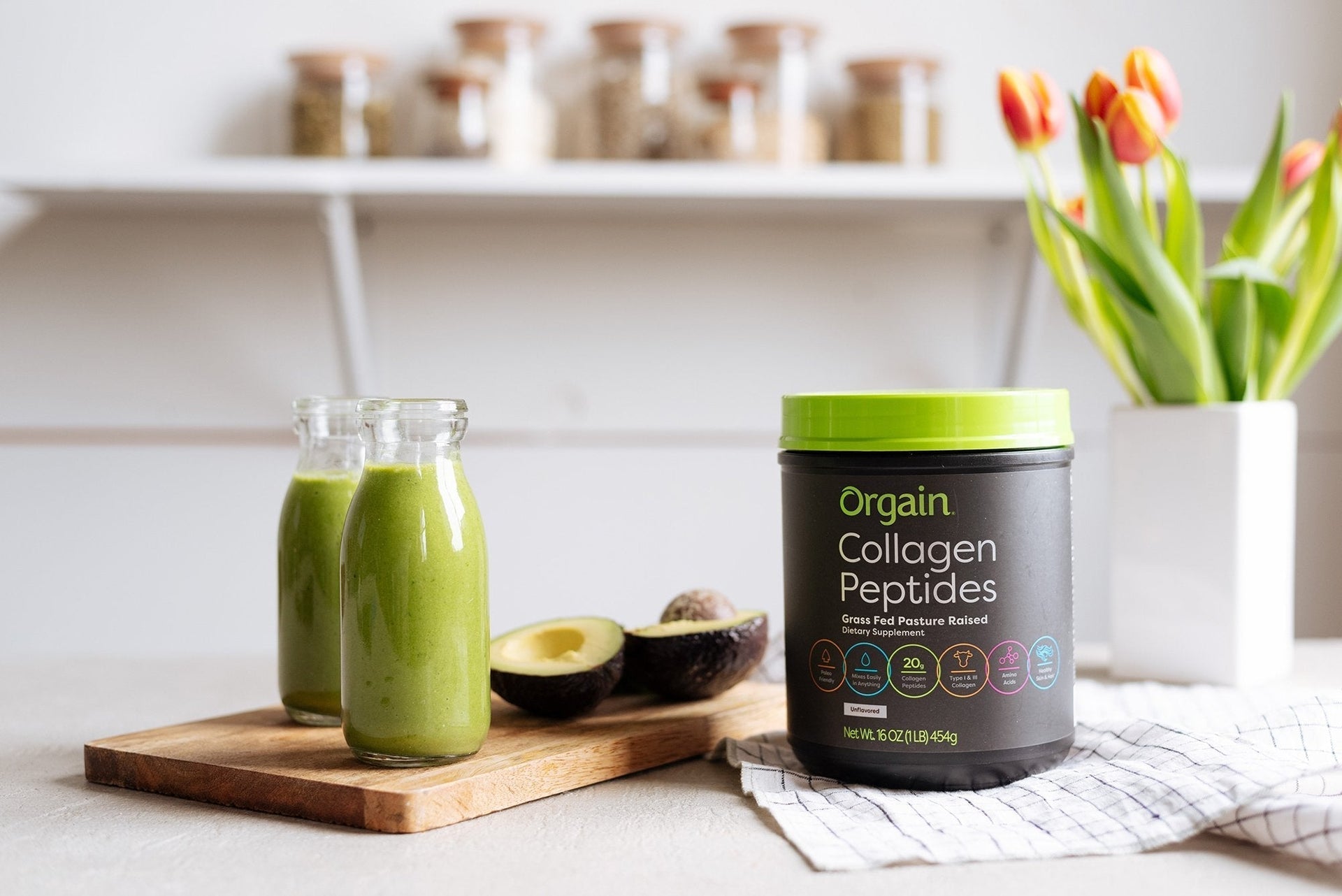When thinking about exercise, you may not realize that there are two different categories of exercise, each with its own benefits. Anaerobic exercise, which is typically characterized by short durations of high-intensity movement, might seem a bit intimidating at first, but the benefits for your body may surprise you.
While any exercise that you’re willing to do consistently is great, incorporating anaerobic exercise into your workout routine occasionally can yield some surprising benefits.
What Is Anaerobic Exercise?
Anaerobic exercise means exercise that occurs “without oxygen.” Of course, you’ll be breathing when you’re doing anaerobic exercise, but your body won’t be using oxygen in the same way.
Anaerobic exercise involves types of exercise that rely on the stores of glucose, a type of sugar stored in the muscles, for energy. Because the body does not take in a sufficient supply of oxygen during anaerobic workouts, it is only able to rely on glucose for energy. Glycolysis is the process by which the body uses glucose to produce energy; lactic acid is produced as a byproduct of glycolysis, contributing to feelings of soreness.
Generally speaking, anaerobic exercises are defined by short, fast, high-intensity workouts that are done for about 10 to 15 seconds at a time, such as sprints or jump squats.
Examples of anaerobic exercise include:
- High-intensity interval training (HIIT)
- Calisthenic exercises like box jumps, burpees, or plyometrics
- Weight lifting (that is challenging and pushes you to your max)
- Sprints
- Jumping rope
By contrast, aerobic exercise is exercise that occurs “with oxygen.” These movements are done for longer periods of time and are fueled by a combination of macronutrients stored in the body, including carbohydrates, protein, and fat, as well as the oxygen you breathe in during a workout.
Because the body needs oxygen to burn fat for fuel, only aerobic exercises are able to use both fat and glucose to fuel a workout. Aerobic exercises are those done at a moderate or light exertion level, typically over an extended period of time.
Examples of aerobic exercises include:
- Running at a steady pace
- Yoga
- Walking
- Strength training with light weights
- Swimming laps
- Cycling
What Are the Benefits of Anaerobic Exercise?
Anaerobic exercise is challenging, but it is associated with many benefits.
Provides Energy
One of the most immediately noticeable benefits of anaerobic exercise is its ability to provide energy. While it might seem like doing a tough workout would reduce your energy, anaerobic exercise actually increases your energy levels when done consistently. Over time, this type of exercise improves your body’s ability to store glycogen, its preferred source of energy. That means you’ll have more energy for your next workout.
Lowers Risk of Disease
You know that working out is good for your health, but did you know that anaerobic exercise actually lowers your risk of disease? Building muscle and strengthening your bones has been shown to lower your risk of experiencing chronic diseases like heart disease and diabetes.
Improves Lactic Threshold
Regular anaerobic exercise gradually increases your ability to process lactic acid, which is produced by the body as a byproduct of glycolysis. Your lactic threshold, which is the point at which you start to experience fatigue during a workout, can gradually build up over time with anaerobic exercise. As a result, you’ll be able to work out for longer periods of time at a higher intensity.
Increases Power
As challenging as anaerobic exercise can be, it’s worth the effort if you want to increase your power. Studies have shown that doing anaerobic exercise like wind sprints can increase your power considerably over the course of several months.
This is especially important for seasoned athletes or those who feel like they have reached a plateau in strength and power, as anaerobic exercise may be able to help you take your workouts to the next level.
Strengthens Bones
As we get older, bone density tends to become reduced, leading to health concerns like osteopenia and osteoporosis. Loss of bone density is of particular concern for women after menopause, when changing levels of hormones cause bone density to gradually decline.
Anaerobic exercise in the form of weight training and resistance training helps increase the strength and density of your bones over time, reducing your risk of experiencing osteopenia, osteoporosis, and related health issues.
Helps Maintain Healthy Weight
Maintaining a healthy weight can be challenging, particularly as you get older. While many people associate steady-state cardio, like running or swimming, with the most effective way to drop extra pounds, anaerobic exercise may be an even more effective way to burn fat.
Studies show that high-intensity interval training, or HIIT, can result in moderate reductions in belly fat compared to steady-state cardio like running, which is associated with a small decrease in belly fat.
Supports a Healthy Metabolism
Our metabolism naturally slows as we age, making it more difficult to lose the weight that many of us pack on as the years go by. Further, yo-yo dieting and other unhealthy lifestyles can also cause your metabolism to slow to a crawl.
Anaerobic exercise helps to support a healthy metabolism by encouraging the growth of lean muscle mass. As you build lean muscle, your body naturally burns more calories while at rest. That means you’ll burn calories while you work out and continue to burn calories afterward just by going about your daily activities.
Boosts Mood
If you’re ever been told to exercise as a way to help ease feelings of anxiety or depression, there’s plenty of evidence to support that this natural remedy is an effective way to boost your mood.
Anaerobic exercise in particular has been shown to fight feelings of depression, reduce anxiety, and otherwise support a healthier mood because it triggers the release of endorphins like dopamine and serotonin, which your brain needs in order to feel your best. You might be surprised to find that those feelings of well-being last well past the end of your workout.
Protects Joints
Concerned about experiencing arthritis or joint injuries as you age? Anaerobic exercise can be helpful in protecting your joints. Exercise, in general, is helpful in reducing your risk of experiencing arthritis, but anaerobic exercise in particular helps protect your joints by helping increase your strength and muscle mass. As a result, your joints are likely to be more stable and less likely to experience injury.
Summary
Anaerobic exercise is challenging, but it’s also one of the best things you can do for your body. The benefits of anaerobic exercise include increased energy, reduced risk of chronic disease, improved lactic threshold, increased power, stronger bones, help to maintain a healthy weight, boosted metabolism, boosted mood, and reduced risk of injury to joints.
Anaerobic exercise can be as simple as running sprints for 15 seconds at the end of a workout or lifting heavy weights that challenge you for a few repetitions.
Looking for more health tips? Check out the Orgain blog for more content all centered around how you can be the best you, from recipes to commonly asked questions.
Disclaimer: This is for informational purposes only and is not intended as individual or specific medical advice, nor is it intended to replace advice by your qualified healthcare provider. We strongly encourage consulting with a qualified healthcare provider about your interest in, questions about, or use of dietary supplements and what may be best for your overall health.
Sources:
Anaerobic Threshold: Its Concept and Role in Endurance Sport | National Library of Medicine
High-Intensity Intermittent Exercise and Fat Loss | National Library of Medicine
